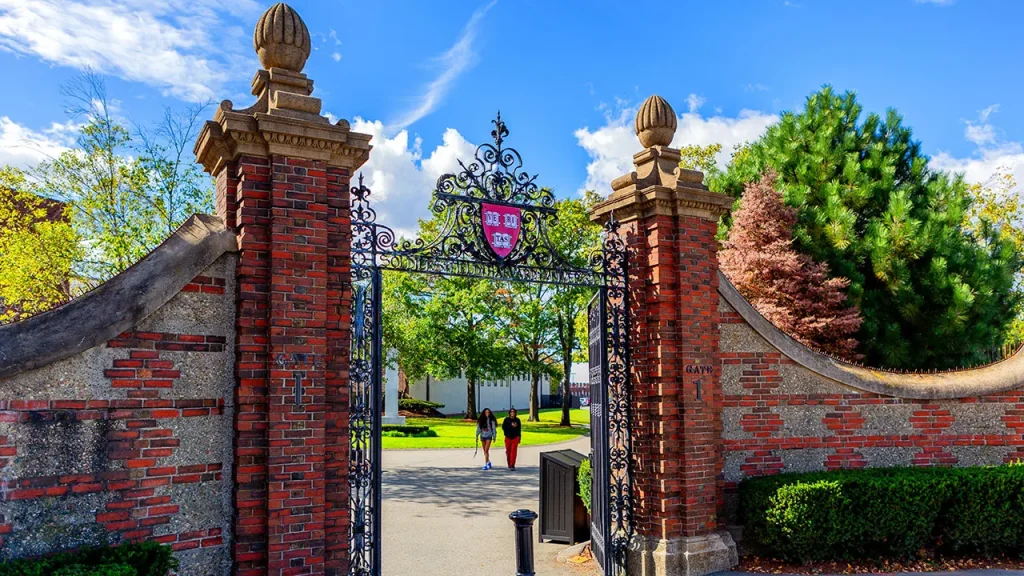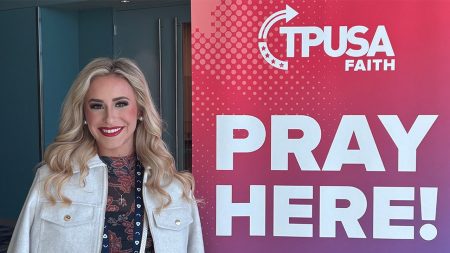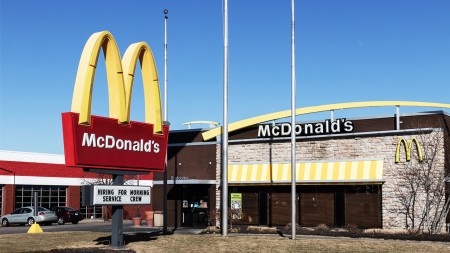The Silent Struggle: Conservative Students Navigate Harvard’s Political Landscape
In the hallowed halls of Harvard University, an institution renowned for its commitment to intellectual diversity and free exchange of ideas, a hidden struggle unfolds. Three anonymous Harvard students have recently shared their experiences of navigating campus life from the political right, painting a picture of what they describe as systematic bias against conservative viewpoints. Their testimonies reveal a complex dynamic where institutional rules, classroom environments, and social interactions appear to disadvantage those who don’t align with the prevailing liberal ethos of the campus.
These students describe a pattern of “selective enforcement” of campus policies that creates an uneven playing field for conservative organizations. One student pointed to disparities in how the university applies its rules: while the Republican Club faces strict scrutiny regarding co-sponsorships with outside groups and rigorous enforcement of fire codes at their events, Democrat-organized functions reportedly receive much more lenient treatment. This administrative double standard extends beyond logistics into the academic sphere, where the classroom environment itself can become hostile territory. Students report feeling pressured to “parrot” professors’ left-leaning perspectives in essays and discussions, particularly in social science courses where grading is often handled by graduate teaching assistants who may share their professors’ political leanings. The fear of academic repercussions combines with concerns about social ostracization to create a powerful incentive for conservative students to remain silent about their views, a phenomenon that contradicts Harvard’s stated commitment to fostering open dialogue across political divides.
The social consequences of identifying as conservative at Harvard appear particularly acute. One student described how merely mentioning interest in joining a right-leaning campus organization triggered immediate negative reactions from peers, including “dirty looks” and accusations of supporting racism and family separation policies. While acknowledging that some students engage in good-faith political discussions, this student characterized the predominant attitude as hostile, with many viewing Trump supporters as “enemies” both to the university and by extension to fellow students who strongly identify with Harvard. The Trump administration’s scrutiny of Harvard has evidently intensified this dynamic, with conservative students finding themselves caught in a crossfire between their political affiliations and their institutional identity. Faculty members reportedly contribute to this environment through both public statements and classroom comments that signal disrespect for conservative perspectives, further marginalizing students who hold these views.
All three students expressed skepticism about Harvard’s recent attempts to appear more welcoming to conservatives, viewing these efforts as insincere and motivated primarily by fear of federal investigation and potential funding cuts under the Trump administration. They pointed to the contrasting treatments of former biology instructor Carole Hooven, who faced significant backlash and eventually left the university after commenting on the importance of biological terms like “male” and “female” in science education, and Dean Gregory Davis, who despite controversial anti-police social media posts remains employed by the university while on leave. This disparity, in their view, reveals that the administration’s newfound interest in protecting conservative viewpoints is “all performative” and driven by self-preservation rather than genuine commitment to intellectual diversity. One student characterized the university’s recent rhetoric about representing all views as too little, too late, coming only after years of creating what they describe as a “completely hostile” environment for conservative students.
The political climate at Harvard reflects broader tensions in American higher education, where institutions must balance their traditional liberal leanings with claims of fostering diverse viewpoints. The students’ accounts suggest that despite public commitments to open dialogue, the lived experience for conservative students includes subtle and not-so-subtle pressures to conform to progressive orthodoxy. From administrative decisions to classroom dynamics to social interactions, these students perceive a consistent pattern of bias against right-leaning perspectives. This creates a paradoxical situation where an institution devoted to challenging conventional wisdom and encouraging critical thinking may actually be reinforcing ideological conformity in certain domains. For these students, navigating Harvard means constantly calculating the risks of authentic self-expression against the benefits of going along with the prevailing campus culture.
Despite these challenges, one student expressed optimism about a potential conservative resurgence on campus, suggesting that the very opposition they face might be strengthening resolve among right-leaning students. This sentiment points to the resilience of viewpoint diversity even in environments perceived as hostile to certain perspectives. As Harvard and other elite institutions continue to grapple with questions of ideological balance amid increasing political polarization nationwide, the experiences of these anonymous students offer a window into the complex realities behind public commitments to free expression and intellectual diversity. Their testimonies highlight the distance between institutional ideals and lived experiences, challenging Harvard to reflect on whether it truly provides an environment where all perspectives—including conservative ones—can be expressed without fear of academic penalty or social ostracism. The question remains whether Harvard and similar institutions can bridge this gap and create spaces where genuine dialogue across political differences becomes not just a stated value but a daily reality for all students, regardless of their place on the political spectrum.











